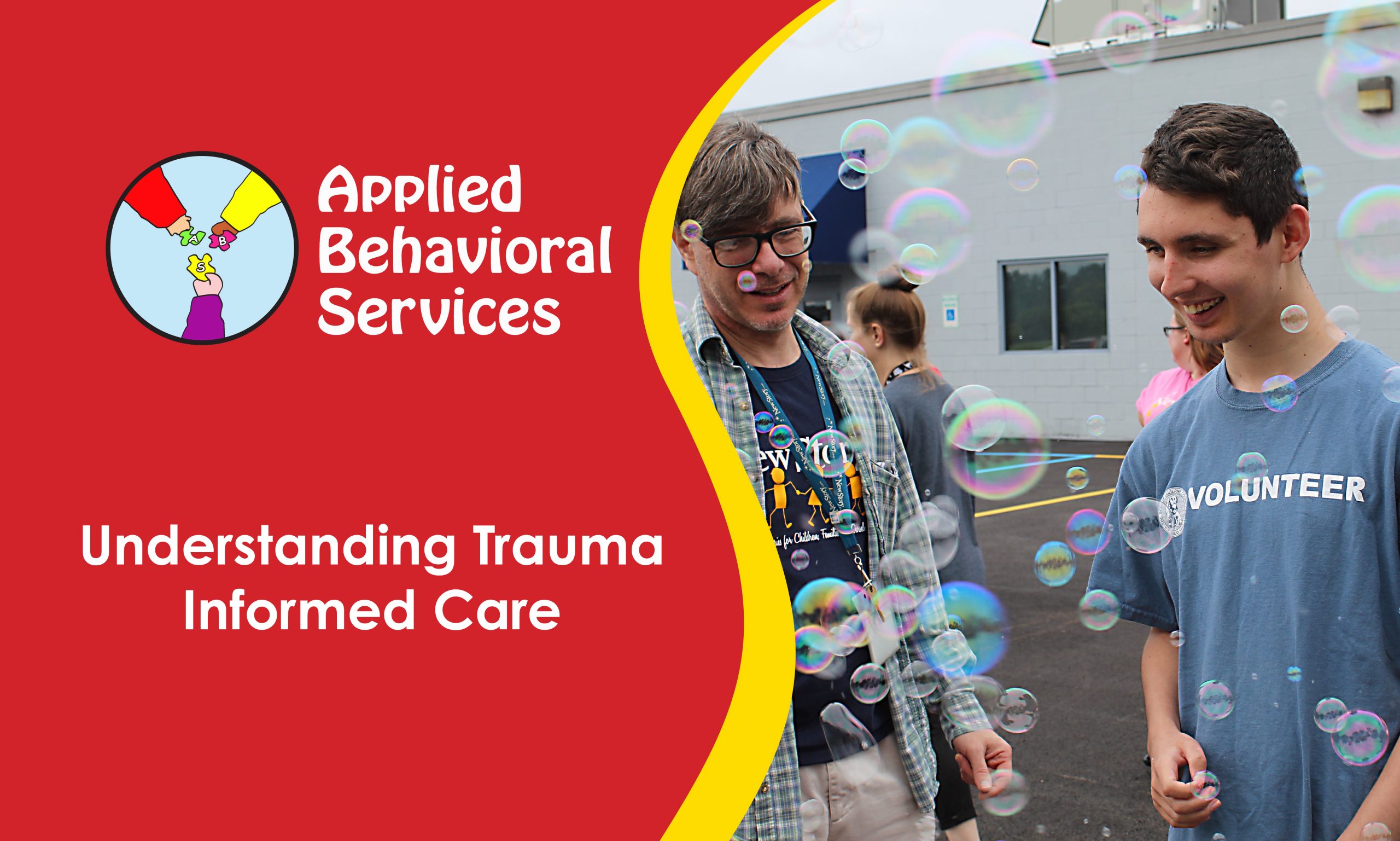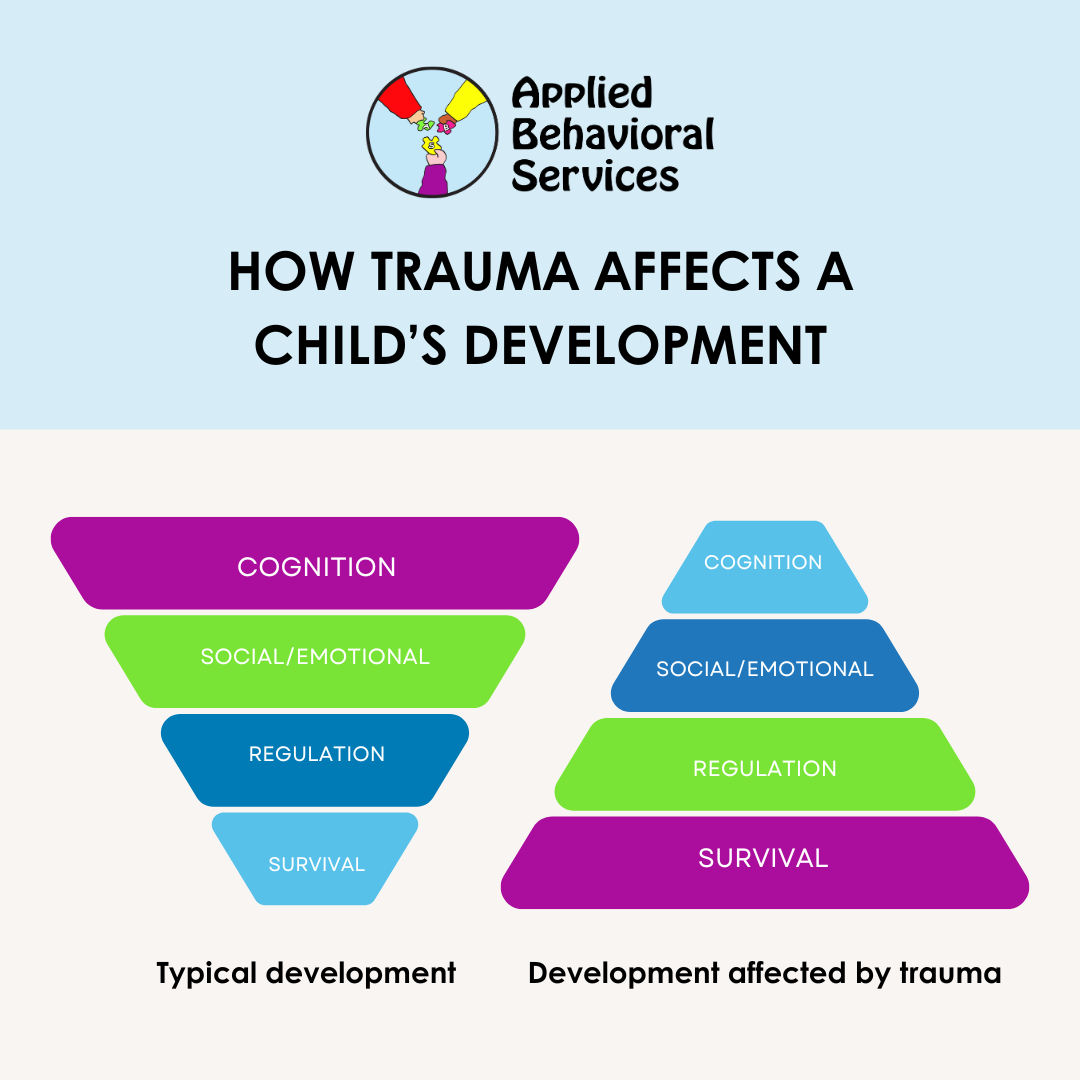
Trauma Informed Care involves understanding the background of your students and their behaviors and reactions to classroom situations. Trauma informed care, in a sense, is shifting your perspective from “what is wrong with you?” to “what happened to you?”
Understanding the physiological reasons for our students’ behaviors helps us not to take their reactions personally.
The following steps need to be taken to create a trauma informed classroom environment:
- Create Safety
- Regulate the nervous system
- Build a connected relationship
- Support development of coherent narratives
- Practice “power-with” strategies
- Build social emotional and resiliency skills
- Foster post-traumatic growth
Trauma and Brain Development
Students who have experienced trauma have brains that have not formed in the same manner as a typical student. This is due to the fact that the student’s brain has spent a large amount of it’s time in survival mode, not allowing the other parts of the brain, those that control regulation, social/emotional skills, and cognition, to develop as they should.
Due to this, students are literally not physically able to control their reactions to stress, and many other situations.
“Trauma is a fact of life. It does not, however, have to be a life sentence.” -Peter A. Levine
How Can We Help?
We have to find ways to help students understand their own narrative and to begin to learn to control their reactions. We have to allow students to safely learn to teach their body better ways to react. We cannot place a timeline on this development.

Helpful Resources:
TRAUMA WEBINAR: https://www.ukerusystems.com/webinar-bringing-trauma-informed-care-classroom/
TRAUMA INFORMED CLASSROOM: https://evolvetreatment.com/blog/the-trauma-informed-classroom/
Want to learn more about Applied Behavioral Services? Click here to get started or email us at clientservicesohio@appliedbehavioralservices.com
